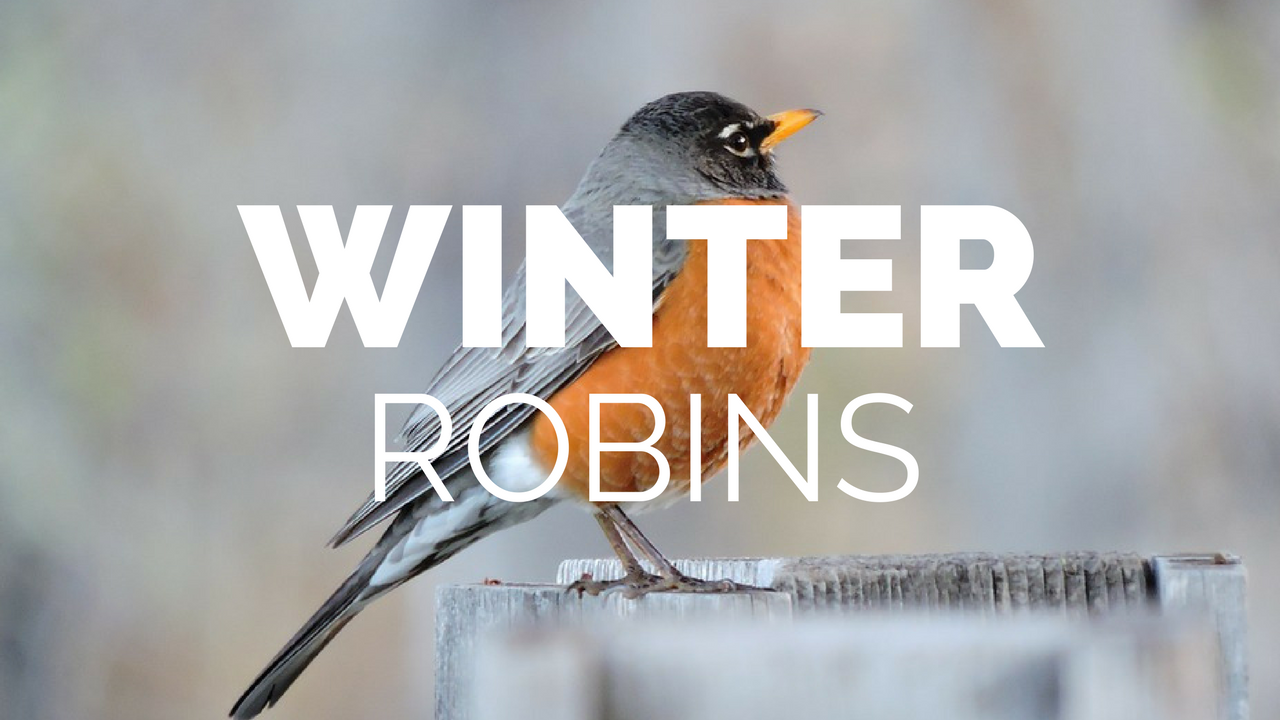Offer
Provide additional details about the offer you're running.
Provide additional details about the offer you're running.
Provide additional details about the offer you're running.

One of the most archetypal signs of spring is the sighting of the American Robin, at least to many of us here in the Ottawa area. As the snow begins to melt each year and the buds begin to sprout on our trees, we are often treated to robins searching for worms in the soft soil in our yards, as sort of an unofficial start to spring.
While generally speaking, this remains true, the fact of the matter is more and more of us are seeing our rust-breasted robins either ahead of schedule or throughout the cold winter months. Originally believed to be a small number of lost migrants, research has since proven that there are a number of factors contributing to robins remaining in one area throughout the year.
In fact, 2016’s Christmas Bird Counts revealed over 1,000 robins within a 12-kilometre radius around the Peace Tower in downtown Ottawa!
With this in mind, here are a few reasons you might be seeing robins while the ground is still covered in snow.
Let’s face it; climate change definitely has something to do with it. With a number of milder winters, robins along with other migrants are found to be staying put in one range throughout all four seasons.
As the temperatures and snowfall become less severe, it gives birds such as robins the option to stick around here in Ottawa and other regions of Ontario. This all being said, this decision comes with obvious risk, as many who choose to stay are susceptible to mortality if they cannot locate adequate food and shelter.
Known as a species of the Carolinian range, robins were traditionally found throughout the year in southern portions of the United States, only migrating to Canada during the warm spring and summer months. In addition to rising temperatures, habitat loss has caused these birds to make drastic adjustments to both their range and migration patterns.
As more moved north and began to overwinter, these hardy birds have adapted and are one of the many reasons we are seeing so many here in our area today.
While habitat loss and climate change are not to be taken lightly, these are not the first bird species that have expanded or contracted their range due to these types of factors. If you rewind the clock by 50-or-so years, there would not be a Northern Cardinal to be seen here in our area. The same can be said of Dark-eyed Juncos who too were extremely rare here in Ontario during the winter months.

With all this in mind, you will want to ensure your feeders are full and bird baths have fresh water for robins and our other winter birds. If you are seeing a consistent flock of robins in your area, we proudly offer specialized suet for robins as well as mealworms to keep them fed and warm until the spring flowers arrive.
High Quality Blend